Key Factors for Designing an Effective HVAC System for Car Parking Areas
Cooling car parking areas can be a challenging task due to their open and exposed nature. To design an effective HVAC system for car parking areas, several important factors need to be considered. Here are the key factors to keep in mind:
Airflow and Ventilation: Proper airflow and ventilation are essential in car parking areas to remove exhaust fumes and maintain a fresh air supply. Adequate ventilation helps prevent the buildup of pollutants and ensures a safe and comfortable environment.
Air Quality: Since car parking areas can accumulate vehicle emissions and other pollutants, the HVAC system must include air filtration to improve air quality for both visitors and parked vehicles.
Temperature Control: Car parking areas are subject to extreme temperatures, so the HVAC system should be designed to maintain a comfortable temperature throughout the year, regardless of the weather conditions.
Humidity Management: Moisture control is crucial to prevent condensation on vehicles and infrastructure surfaces. Proper dehumidification helps protect vehicles from moisture-related damage.
Heat Load Calculation: Accurate heat load calculations are necessary to determine the cooling requirements based on the size of the parking area, the number of vehicles, and the expected occupancy.
Outdoor Weather Considerations: The HVAC system should be designed to handle outdoor weather conditions, such as direct sunlight, rain, and wind, which can impact the indoor temperature and environment.
Insulation: Proper insulation of the car parking area helps reduce heat transfer from external sources, improving the efficiency of the cooling system.
Air Distribution: Strategically placed air distribution outlets ensure even cooling throughout the parking area, avoiding temperature variations and hotspots.
Energy Efficiency: Implement energy-efficient components and controls to optimize cooling performance while minimizing energy consumption and operating costs.
Noise Reduction: Car parking areas can be noisy due to vehicle movement. Use noise-reducing measures in the HVAC system to maintain a quieter and more pleasant environment.
Safety: The HVAC system should be designed and installed with safety in mind, avoiding any potential hazards to pedestrians or vehicles.
Emergency Cooling Backup: Consider implementing an emergency cooling backup system to ensure continuous operation during power outages or HVAC system failures.
Maintenance and Serviceability: Design the HVAC system for easy maintenance and serviceability to minimize downtime and ensure optimal performance.
Sustainability and Environmental Impact: Choose eco-friendly refrigerants and energy-efficient components to reduce the system’s environmental impact.
Security and Vandalism: Implement security measures to protect the HVAC equipment from vandalism and theft.
By carefully considering these factors, you can design and implement an efficient and effective HVAC system for car parking areas that provide a comfortable and safe environment for visitors and vehicles alike. Consulting with HVAC professionals or engineers with experience in car parking area cooling will help ensure a successful and well-designed system.



























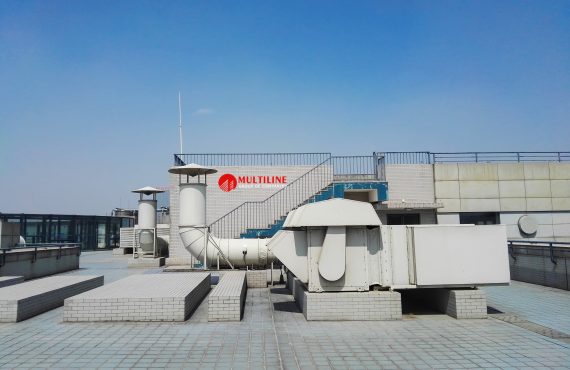
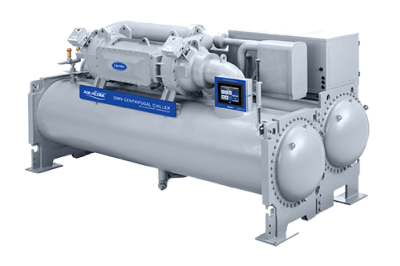


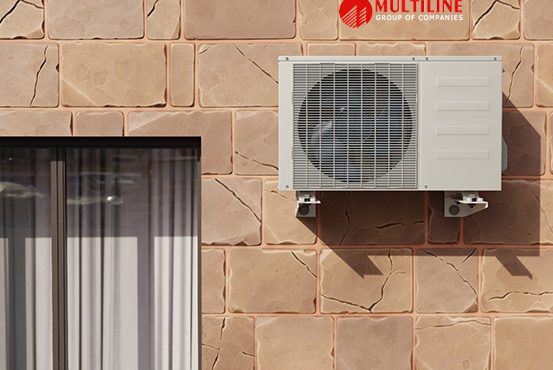
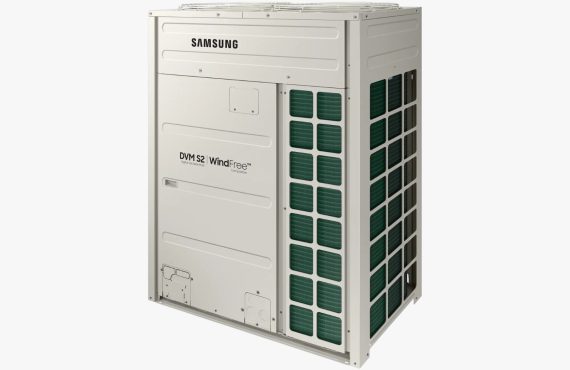



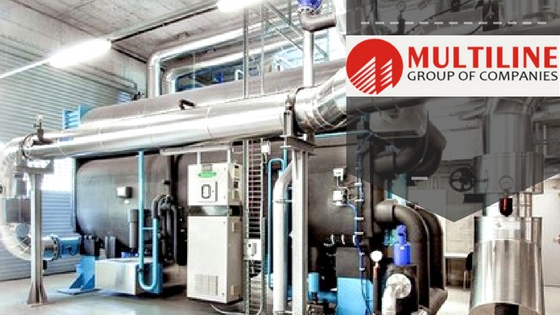

No comments yet.